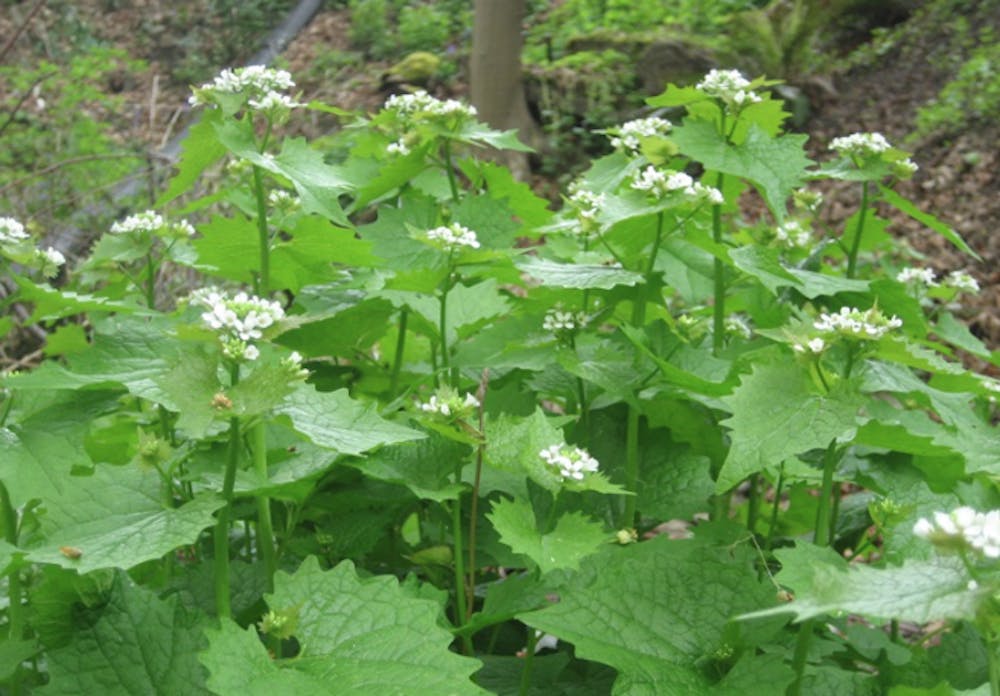MUNCIE, Ind. --- Since 1999, Red-Tail Land Conservancy has been preserving, protecting and restoring land in central Indiana. From farm land to nature preserves, Red-Tail protects 2,7000 acres of land between six counties, including Delaware County.
As a non profit organization with thousands of acres to cover, Red-Tail looks past their small team to help with land conservation.
“Red-Tail has three staff members and we do our very best,” Kelley Phillips said. Phillips is the Communications & Outreach Manager for Red-Tail and happens to be one of the three employees with the organization.
Phillips began her time with Red-Tail two years ago, or as many know as the start of the COVID-19 pandemic.
Since then, Red-Tail has been steadily working with a strategic plan to see what areas need to be preserved and what areas are most important on the organization's radar.
With big goals and only three staff members, Red-Tail needed more help. But with lock down and restrictions placed upon Delaware County from the pandemic this didn’t seem to be a problem.
“We’ve seen record numbers of volunteers,” Phillips said. “People that really didn’t know too much about nature, coming to help and the thousands of hours that they give every single year donating their time to us.”
With more people being outside and in nature one important topic keeps popping up: invasive species.
Invasive species are non-native plants that over time take the space and nutrients from native plants.
In Delaware County there is an abundance of invasive species. And many are found in neighborhoods, not just nature areas and preserves.
Some of the most common that can be found in local neighborhoods: burning bush, garlic mustard, and honeysuckle.
“Burning bush. it’s a beautiful decorative shrub that a lot of people have in their yard but it is also an invasive species.” Phillips said, “It’s really important when people are trying to landscape or think about their yards, to recognize that our native species, the ones that have co-evolved with wildlife, they’re beautiful and beneficial.”
Phillips says the best way to understand what are good plants for landscaping and your yard is simple. Conservation education.
“It always starts with education. A lot of the time people are unaware,” Phillips said.
Phillips also urges the public to get involved by preserving their lawns and yards. This prevents an outcome that can be unimaginable.
“If even half of the lawns in the United States were transformed back to wildlife habitats it would be equivalent to 10 yellstones,” Phillips said.
To help the public Red-Tail has recently launched a section of their website to help better inform the public. It’s called the ‘Growing Home Habitat Certification”.
For more information on land conservacion what Red-Tail visit fortheland.org
Contact Rebecca Rosado with concerns at rrosado@bsu.edu.












